The State of Textile Collection + Recycling
August 28, 2024
I’ve been spending the last six months working on various projects related to textile collection, donation, sortation, recycling and down cycling. Basically, everything that happens to the clothes we donate or drop off at a collection bin. I figured this community of readers might be interested to read a current overview of the space from my perspective, especially focusing on what’s happening now and what is likely to happen in the near future.
First, I would say that there is more attention being paid to the textiles we no longer want than there has ever been before. Our general consciousness is being raised, and people are seeing that there can be value extracted from discarded textiles, and that they should not go directly into the landfill. This is good. We have already seen this mindset shift from ‘waste’ to ‘resource’ around paper, plastic, metal and we will continue to see this mindset shift around other materials too.
There are a few key players or types of stakeholders who deal with these discarded textiles.
You and Me- the Discarders
First are the people like you and me who collect unwanted textiles and drop them off or send them to an organization who will deal with them. We do this instead of throwing them away because we think they still have value. It’s worth mentioning that the more we all consume fast fashion, the more fast fashion ends up in the discarded textile stream and floods the global secondhand and recycling markets. This is relevant because fast fashion materials tend to be lower quality and more blends, which are generally harder to recycle.
Collectors and Sorters
Second, there are the people who collect the textiles. These could be for profits or nonprofits like Goodwill.
The collectors sometimes sort through those goods and separate them into many categories for sale, and sometimes the collectors just aggregate mixed goods and sell them wholesale to be sorted by the buyer. I’m not going to get into the latter today.
Many non profits will sort through the donations to find the most valuable items that can be resold to the public, and in many cases, they will pack up the rest and sell or donate that to someone who might be able to extract some value from it.
Many for profits separate their collections into as many categories as they can sell. They are trying to extract the maximum value from those collections because it cost them money to collect them. They want to make their money back and try to turn a small profit. This business is done on pennies per pound, so these sorters have to be extremely sophisticated about the categories they sort into and who they sell to. I have shared in a previous newsletter the importance of sorting before items leave the country; if collections are at least lightly sorted they have a much better chance of being reused and not ending up as garbage in another country.
Textile Recyclers + Downcyclers
The third stakeholder who is becoming increasingly important and is fairly new on the scene is the textile recycler. There are some mechanical textile recyclers who have been recycling materials like wool, cashmere and cotton for decades, but there has been an explosion of recycling companies in the last decade who are mostly focused on advanced recycling techniques beyond mechanical recycling like chemical recycling and hydro thermal recycling. Many of these new, younger companies are still developing and perfecting their technology, as well as raising money usually to build a larger facility to process larger volumes of textiles. Most recyclers focus on a certain type of material or blend like cotton, polyester or for example, cotton polyester blends. They craft their technology to work on a specific subset of materials. It’s important to note that as textile recyclers scale and raise money, they will be looking for locations for their first industrial plants, and many are choosing locations in Asia and Europe because they are offered more financial incentives from countries whose governments see the value in bringing these types of businesses to their economies. Additionally, some recyclers are placing their first big operations in Asia closer to the post-industrial supply chain of material scraps from the production process; these cutting rooms scraps are the cleanest possible feedstock for recyclers because they have not been sewn together and nothing (like buttons) have been added to them.
The textile downcycler has also played an important role and will continue to. The downcycler shreds textiles into ‘shoddy’ and makes new products from that shoddy like insulation, car and carpet padding. (Two of the US’ biggest downcyclers merged this year to become Revive Fiber.)
Gap between Sorter and Recycler
There is a current gap between the collector/sorter and the recycler. The recycler needs large volumes of very specific types of materials, and in many cases sorter/collectors are not yet separating their materials into those specific material types that the recyclers need. This is a big learning curve that everyone is moving through right now, and my hope is on the other side of this learning curve every textile collector/sorter will be separating out specific material types for specific material recyclers so that those recyclers can recycle large quantities of textiles to create new recycled textiles. But right now this is not happening at scale.
Manufacturers and Brands
Our fourth and fifth key stakeholders here are the manufacturers and brands. Brands are looking for recycled inputs for their products. They want to buy recycled materials to make good on their sustainability aspirations and goals, and they want to be able to plug those recycled materials into their supply chain without risk and without having to change much if anything at all. Manufacturers have to figure out how to incorporate recycled materials into their products, but they don’t want to waste time i.e. money testing and trying out something they aren’t sure is going to work. Someone has to budge. It probably either means that the textile recycler has to create an output that can be plugged into existing supply chains, or it means that the brand and/or manufacturer needs to be willing to compromise and work through some changes in their supply chain to accommodate a different type of material.
From what I’ve seen, a ton of the responsibility to shift to recycled materials has been placed on brands’ shoulders, which I don’t disagree with, but is also complex and costly. Many brands are choosing to work directly with new textile recycling companies who are focused on a material that the brand uses a lot. The brand can help fund the recycler to expand their technology and operations, and in return the brand hopes the recycler can not only recycle the brand’s products but also provide the brand with recycled input for their new products.
Today
A few examples of this group of stakeholders in our current world:
Walmart is funding a $2 million study for Goodwill to understand more about the traceability of textiles and the recycling supply chain. Goodwill takes an incredible volume textiles every year, and they are smart to see that even the unsellable volume could be valuable to them as this market develops. This is also partnership with Accelerating Circularity who is conducting scaled trials of mechanical recycling.
H&M’s funding arm has been pouring money into textile recyclers, including the most recent news about Syre, a polyester recycling company. Through this investment, H&M plans to secure recycled polyester for their production line.
Fashion for Good partnered with Resource Recycling Systems on the “Sorting for Circularity in the USA” project, a study of textile waste to understand more about what happens to textiles that are thrown away.
Circ (a poly cotton recycler) and Zara continue to partner on capsule collections, further paving the way for textile recycling at scale.
Okay, I think that’s a fair summary of what’s what.
Circular Coalition Cohort #2
Similar to our first, successful cohort this summer, we'll be offering an 8-week, membership-based coalition of circular economy participants, focusing on practical circularity: the operations, financials and nitty gritty of how to get it done.
The goals of the coalition are the same as our first cohort:
Provide industry-specific networking and community building
Spark imaginations by sharing examples of what’s possible
Cross pollinate and fuel curiosity by learning from diverse business models
Expand our views of the circular economy (trends, models, highlights)
We're pricing membership at $650 for the full coalition (8 weekly 1-hour sessions starting in October), but offering a sliding scale based on what participants can afford.
For more information and to sign up, click here.
Feel free to reach out if you have any questions!
The Untangling Circularity Podcast
Also, listen to our most recent episodes about circularity and pop culture wherever you get your podcasts. Spotify Apple Podcasts
Thanks and you know where to find me if you want to discuss your circular economy needs.
Cynthia
cynthia@moltevolte.com

